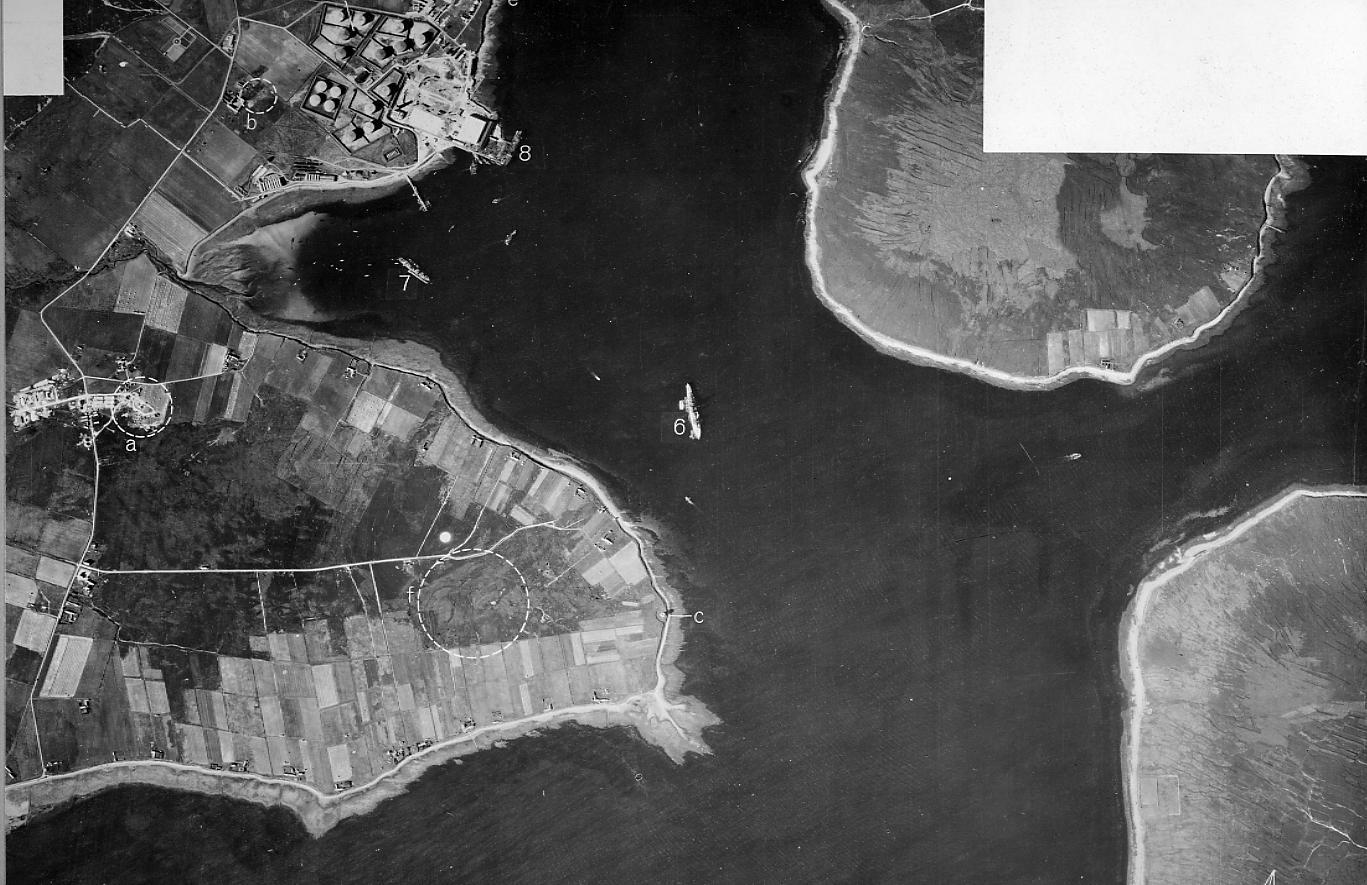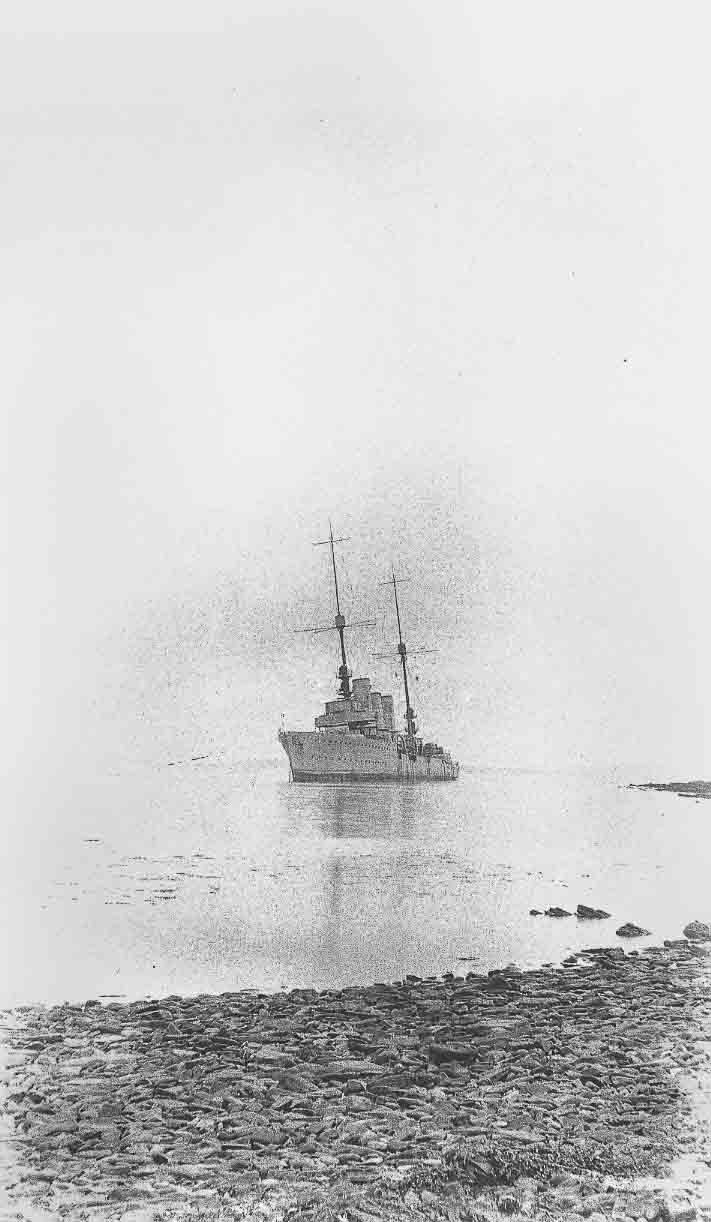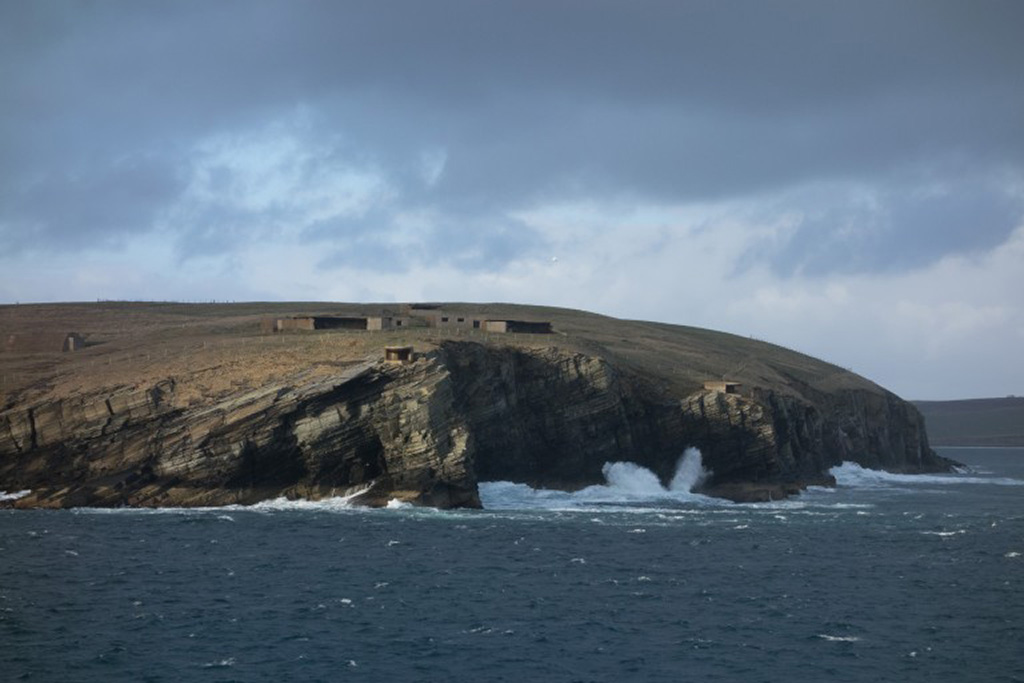

#Scapa flow install#
Under the terms of this licence, EMEC is required to give OIC at least 21 days’ notice of each new developer wishing to install at its scale sites. This is a requirement as the scale test sites are located within the statutory harbour authority area. Similarly, EMEC has worked closely with OIC to establish a process whereby a generic harbour works licence for the purpose of installing technology for testing has been granted to EMEC. MS-LOT typically requires 14 weeks from receipt of valid application to determination and issuing a licence. Applications must be accompanied by supporting documentation from the client, outlining the proposed project and identifying any potential project-specific environmental and navigational risks, together with any proposed mitigation and a decommissioning programme. EMEC supports clients in developing their marine licence application to MS-LOT and conduct regular engagement with MS-LOT to ensure timeous determination post submission. Each new technology to be installed at the scale sites requires a marine licence. Harbour Works Licence issued by Orkney Islands Council (OIC).ĮMEC has worked closely with Marine Scotland’s Licencing Operations Team (MS-LOT) and its key statutory consultees to establish a consenting process for its scale sites which is inclusive, proportionate, and timeous while still satisfying all relevant legislation.Marine Licence issued by the regulator Marine Scotland and.Two consents are required for installation of marine energy converter devices at the scale test sites:

The area of seabed is also available for rehearsal or deployment of other tools and techniques.ĮMEC holds an overarching site licence, simplifying the consent process within an agreed envelope of activity. The pre-laid foundations comprise 5m x 5m x 2m gravity-base frames loaded with densecrete blocks for equipment moorings. The buoy is also equipped to supply the marine energy devices on test with power and act as navigational aids.Įach test site comprises one berth with pre-laid foundation and attachment points, and an adjacent test area. A simulated grid can be made available to support device performance analysis The buoy can relay data by wireless technology allowing developers to monitor performance remotely, as well as dissipating electricity generated by the device. A purpose-built Test Support Buoy moored on site acts as a power sink to allow load-dumping of any electricity generated as heat dissipated to air. If required, the device under test will be connected to the test support buoy via two umbilical cables: one for power transmission and the other for control and communications. The area is 0.4km across and approximately 0.9km in length situated in water depths of 21-25m with a predominant westerly wave regime.Īt the site EMEC offers developers the use of a bespoke test support buoy. The site is located in Scapa Flow, to the south of Kirkwall, and was chosen for its relatively benign waters which reach almost 0.35m significant wave height.


The site provides a more flexible seaspace acting as a stepping stone between the test tank and real sea conditions. In addition to the grid connected wave test site at Billia Croo, EMEC also have a wave test site that is not connected to the grid aimed at providing less challenging conditions for scale prototypes and marine operations.


 0 kommentar(er)
0 kommentar(er)
